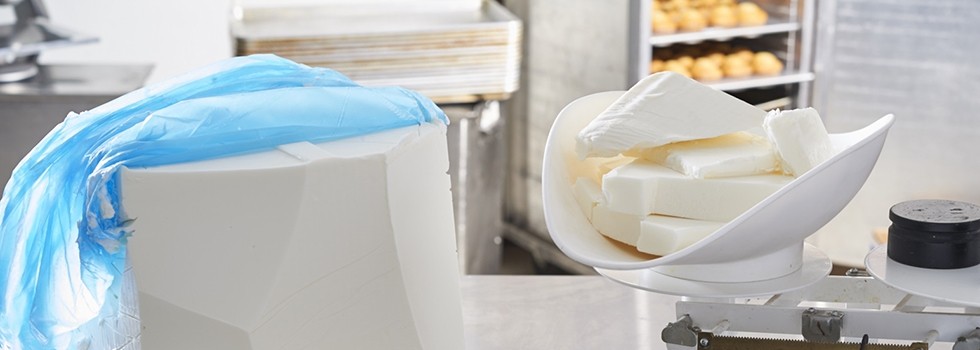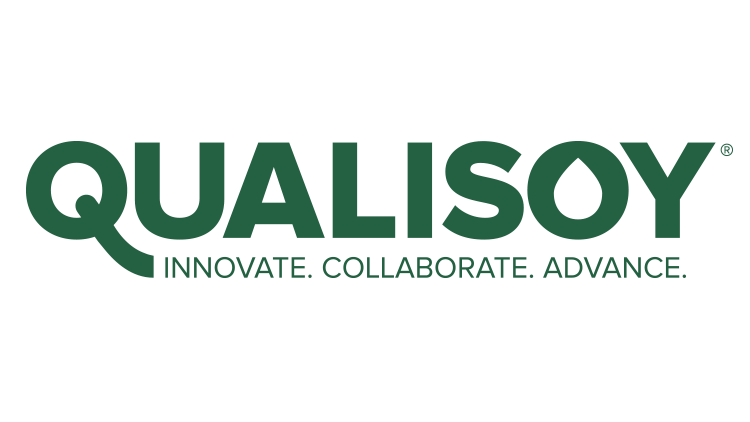Promotional Features
How one company preserved its 100% U.S.-grown claim (and its family recipe)
While the Food and Drug Administration’s (FDA) mandate to remove partially hydrogenated oils (PHOs) from the food supply will benefit consumers’ health, it posed a challenge for food companies as they searched for an oil solution that did not drastically alter the flavor and quality of their products.
For some, the mandated switch to remove PHOs by June 2018 came easily; for others, like family-owned and -operated potato chip company Kitchen Cooked, switching frying oils meant switching a cornerstone ingredient in its traditional family recipe.
“This federal mandate affects our family recipe. We take this change very seriously as we know it may affect our ultimate goal – customer satisfaction,” said Paul Blackhurst, vice president of Kitchen Cooked.
Kitchen Cooked, based in the small town of Farmington, Illinois, always fried its chips in a shortening made with partially hydrogenated soybean oil, which is solid at room temperature. According to its R&D division, frying in shortening produces a drier potato chip, eliminating the unappealing oil residue found on most chips. At the time of initial testing to find a new frying ingredient, the only available PHO-free options were liquid oils, not solid shortenings like the original Kitchen Cooked recipe relied on.
“Most manufacturers who previously fried in a solid shortening have changed to palm, canola, sunflower or cottonseed oil, several of which are not locally sourced,” explained Blackhurst.
Local ingredient sourcing and supporting the community are key pillars in the company’s foundation, and they’re not alone. U.S. food companies are increasingly recognizing customers’ desire to spend their food dollars locally. According to the United Soybean Board’s 25th Annual Food Industry Insights consumer study, 78 percent of U.S. consumers say it is important to buy foods produced with U.S.-grown crops.
After four years of testing liquid oils with unsatisfactory results, Kitchen Cooked discovered a product new to the market — a shortening made by blending fully hydrogenated soybean oil and high oleic soybean oil.
This custom shortening, made with high oleic soybeans grown and processed in the company’s home state of Illinois, proved the most similar to Kitchen Cooked’s original potato chip recipe.
Blending is a processing technique used in a variety of food applications to avoid the introduction of trans fat. Blending fully hydrogenated soybean oil with non-hydrogenated soybean oil, such as high oleic soybean oil, creates a product that contributes zero grams of trans fat per serving and is lower in saturated fat compared to conventional soybean oil.
The switch not only complied with federal guidelines, but also ensured Kitchen Cooked could continue supporting local Midwest soybean farmers and keep its product 100 percent U.S.-grown.
Sixty-five percent of consumers express a strong preference for buying a product labeled as made with 100 percent U.S.-grown ingredients over one that does not contain this label, according to the United Soybean Board.
“I am very pleased with the dryness of our chips, along with the melt point of the shortening, so when you bite into a chip, you don’t taste the oil residue like you might in a lesser quality product,” said Blackhurst.
The company performed hundreds of taste tests with the new soy-based shortening blend, and with each one, fewer customers noticed the change.
QUALISOY, an independent, third-party collaboration among the soybean industry, has performed extensive functionality testing comparing high oleic soybean oil to PHOs as well as commercially available conventional and high oleic oils.
In frying stability testing, high oleic soybean oil performed favorably to other high stability oils. Results showed that high oleic soybean oil performed consistently with high oleic sunflower oil and outperformed other commodity oils and high stability options such as high oleic canola oil.
For Kitchen Cooked’s potato chips, the high oleic soybean oil blend was a drop-in solution, meaning the company could simply replace one ingredient without significantly altering the chips’ formulation process.
“The new recipe is very close to our old one — same great potatoes, same way we make them, same great people making them. Only the shortening has changed,” said Blackhurst.
“The results of our functionality testing clearly indicate that high oleic soybean oil is the high stability oil of the future. It should be the clear alternative to high oleic sunflower oil due to its competitive cost and higher availability, and to high oleic canola oil due to cost, availability and its overall performance,” said Frank Flider, QUALISOY oils expert.
High oleic soybeans are on track to be the food industry’s most dependable high stability oil solution, with high oleic soybeans projected to be the fourth largest row crop in the U.S. by 2024.
While most companies are on track to meet the FDA deadline in a few weeks, it’s never too late to seek a better solution to meet your products’ or menu items’ fats and oils needs. Request a free trial of high oleic soybean oil or shortening at QUALISOY.com/samples. High oleic soybeans are now fully approved for global use.



